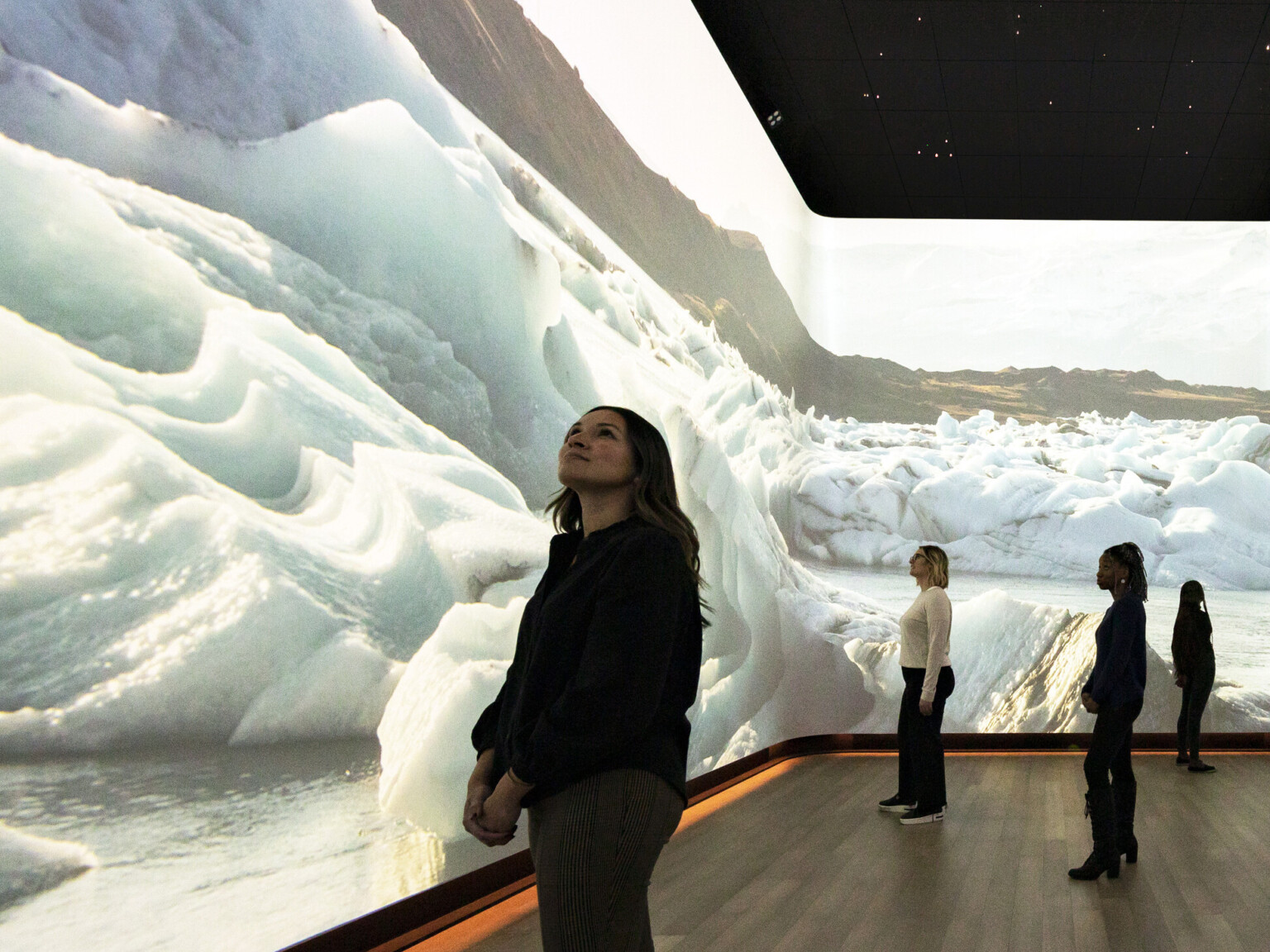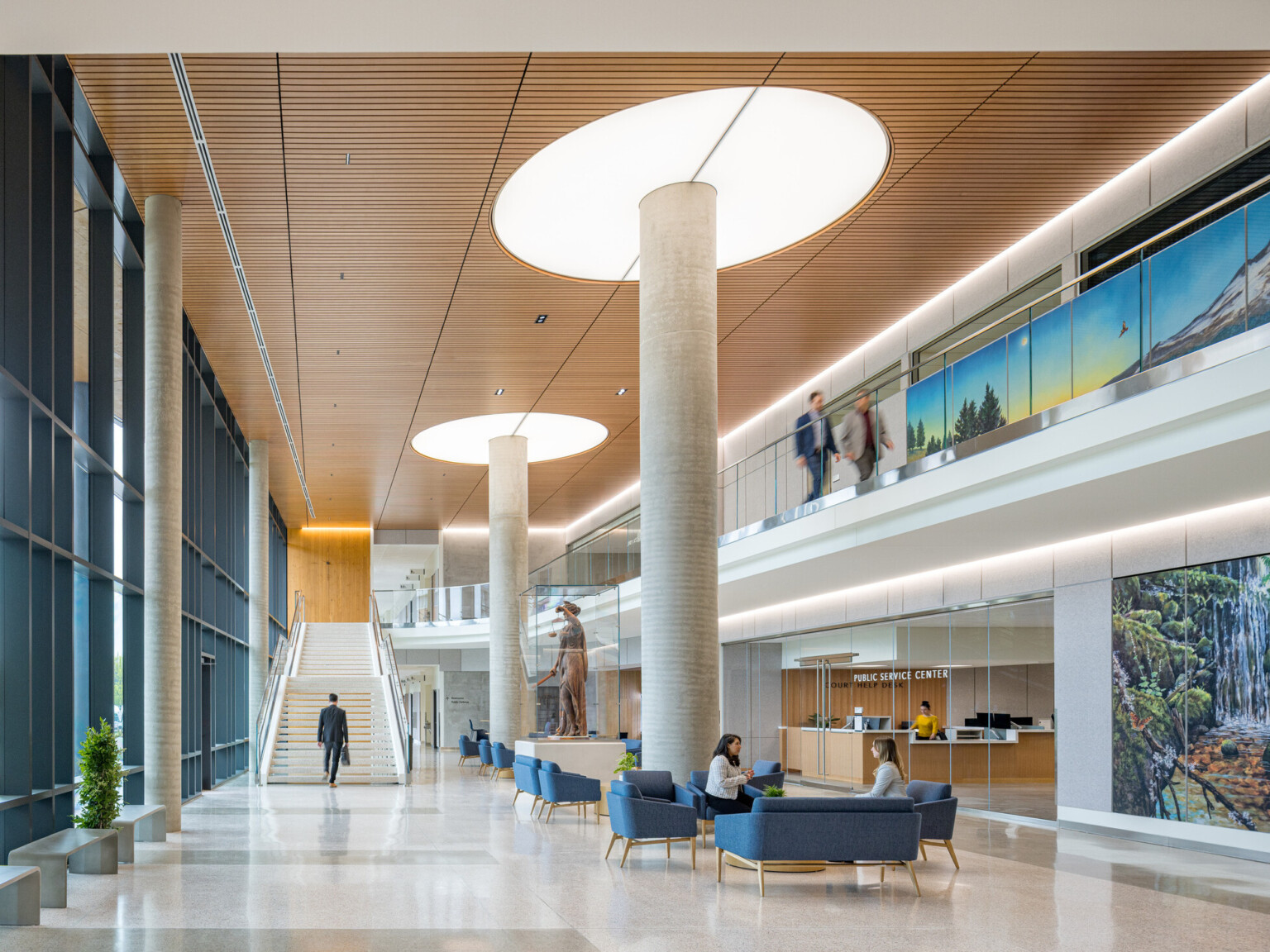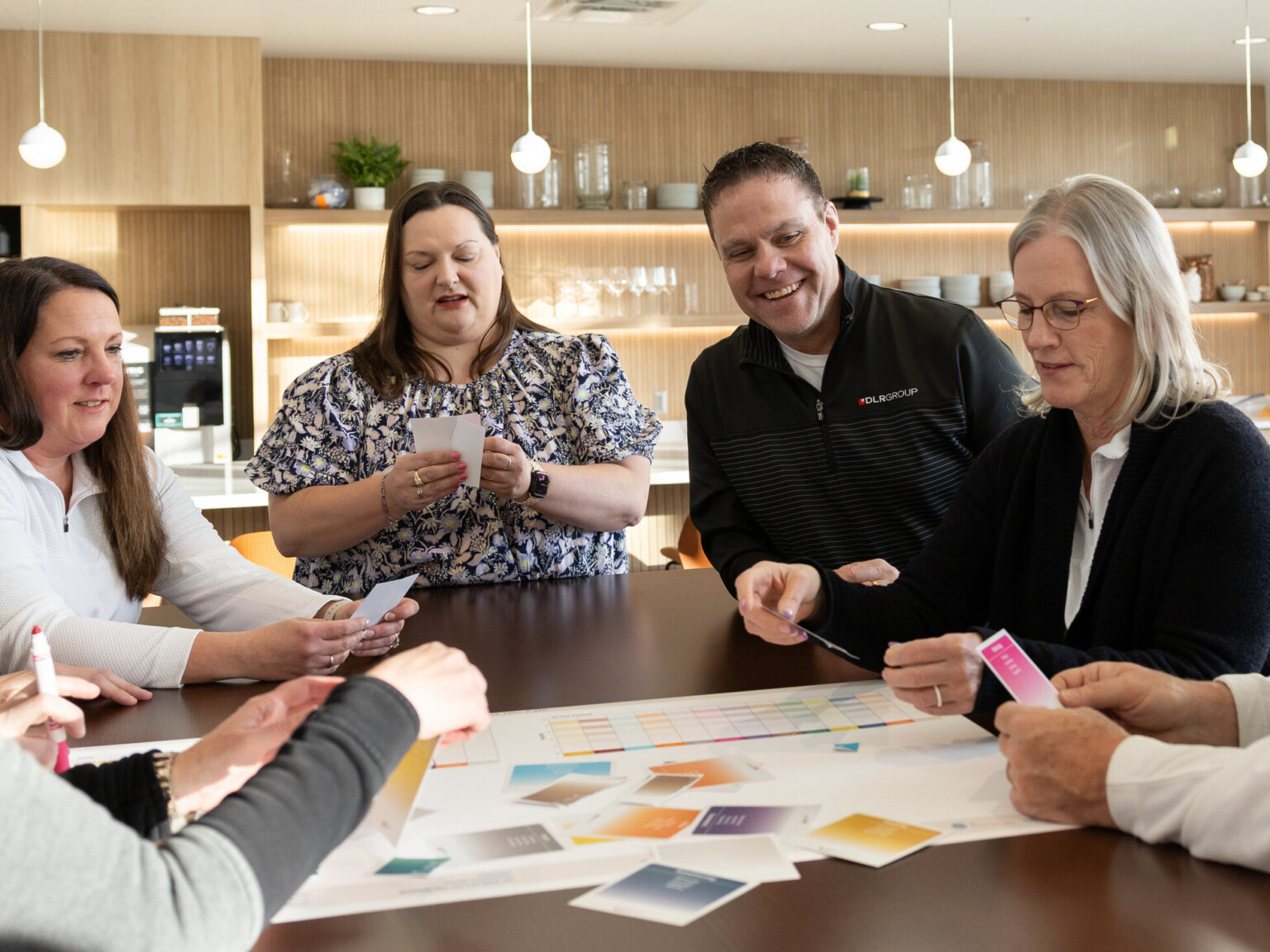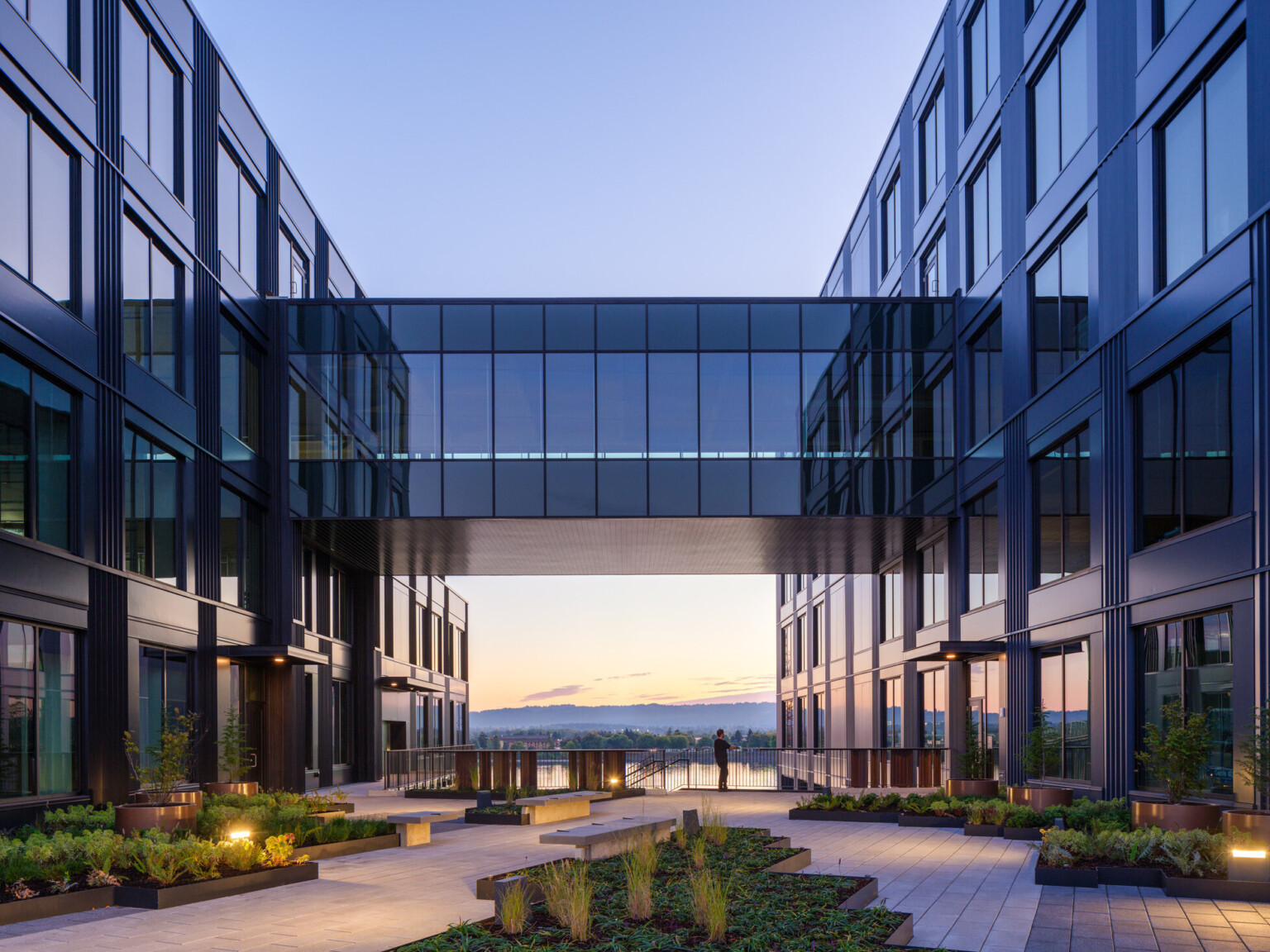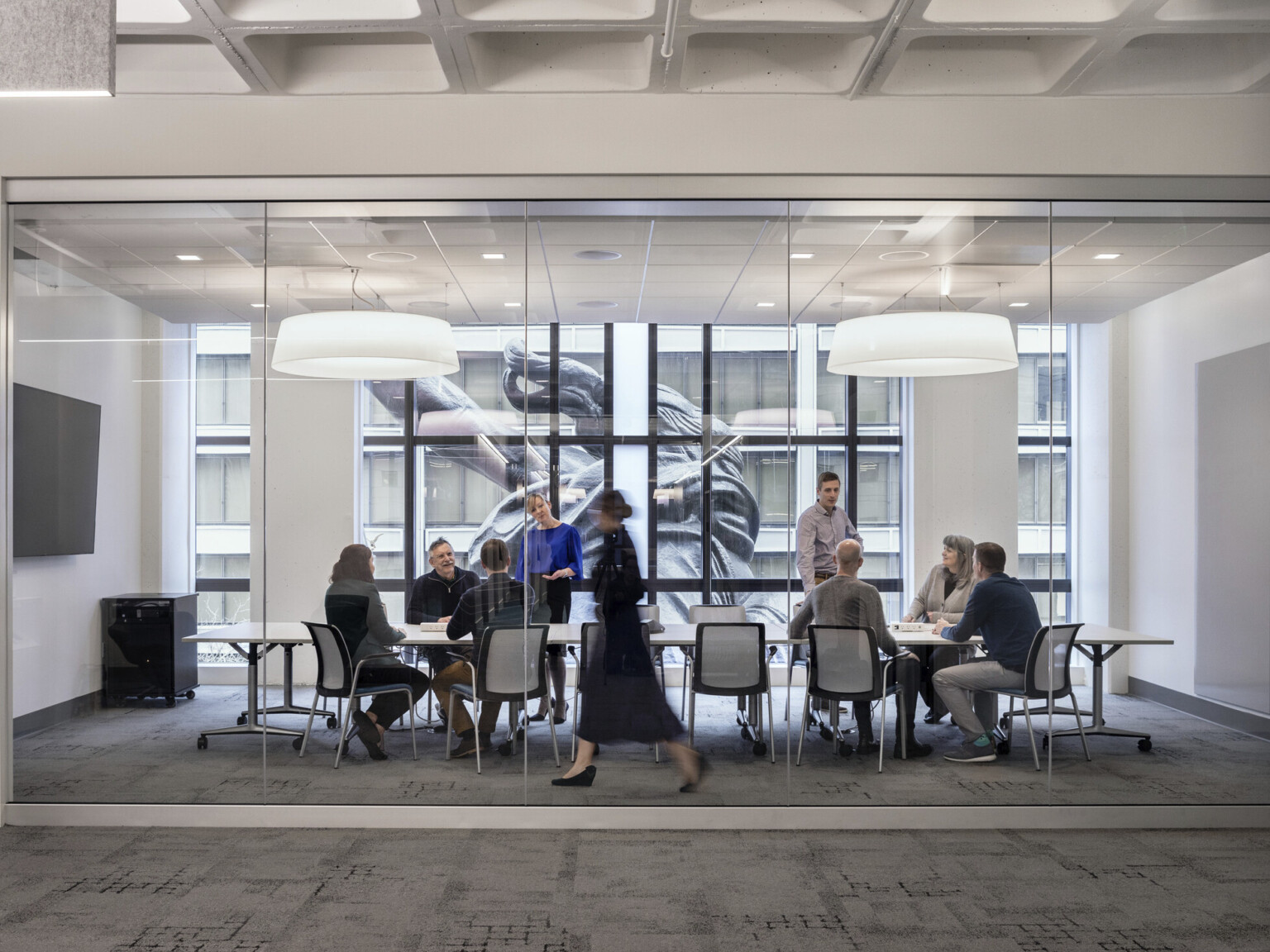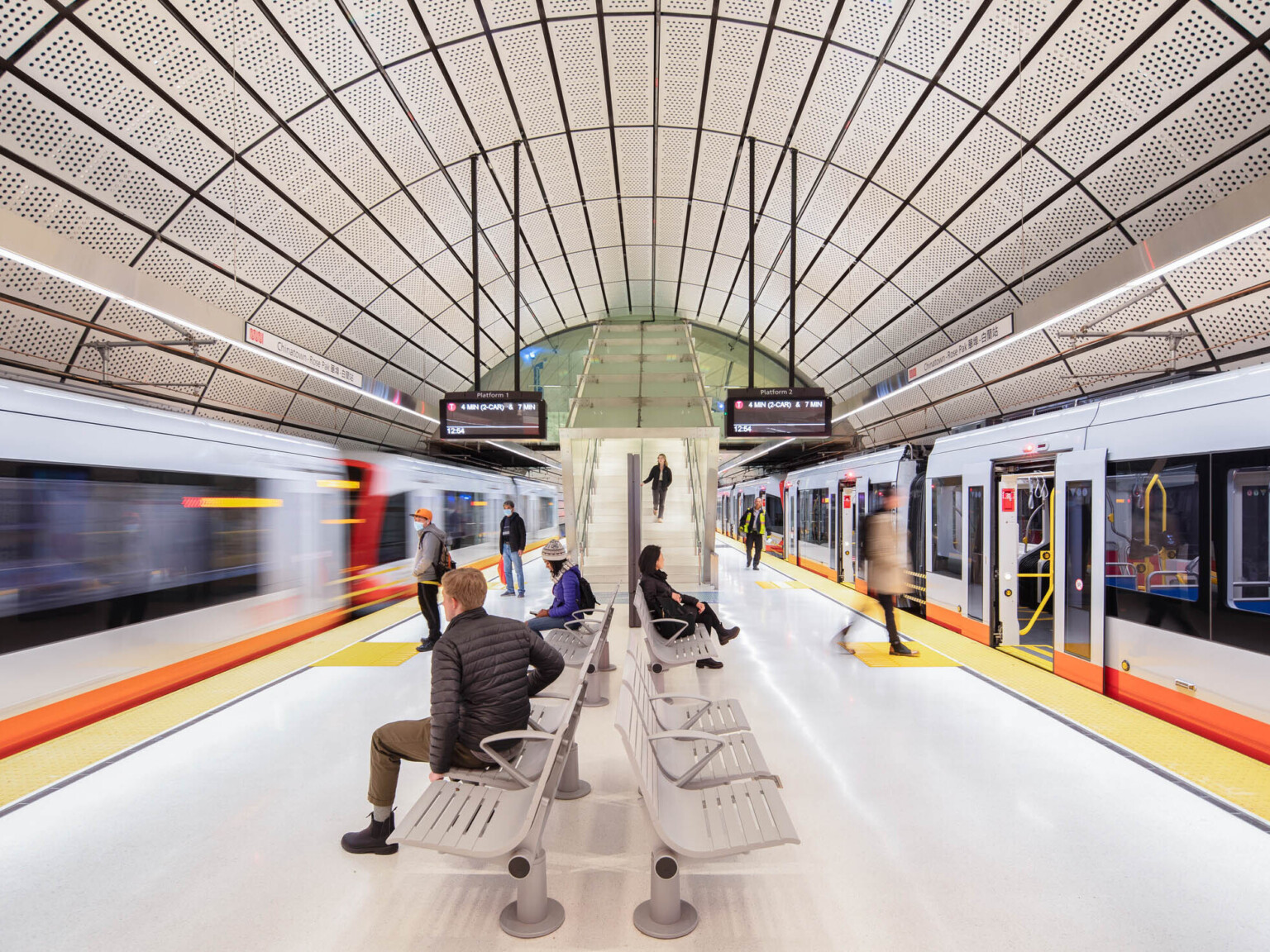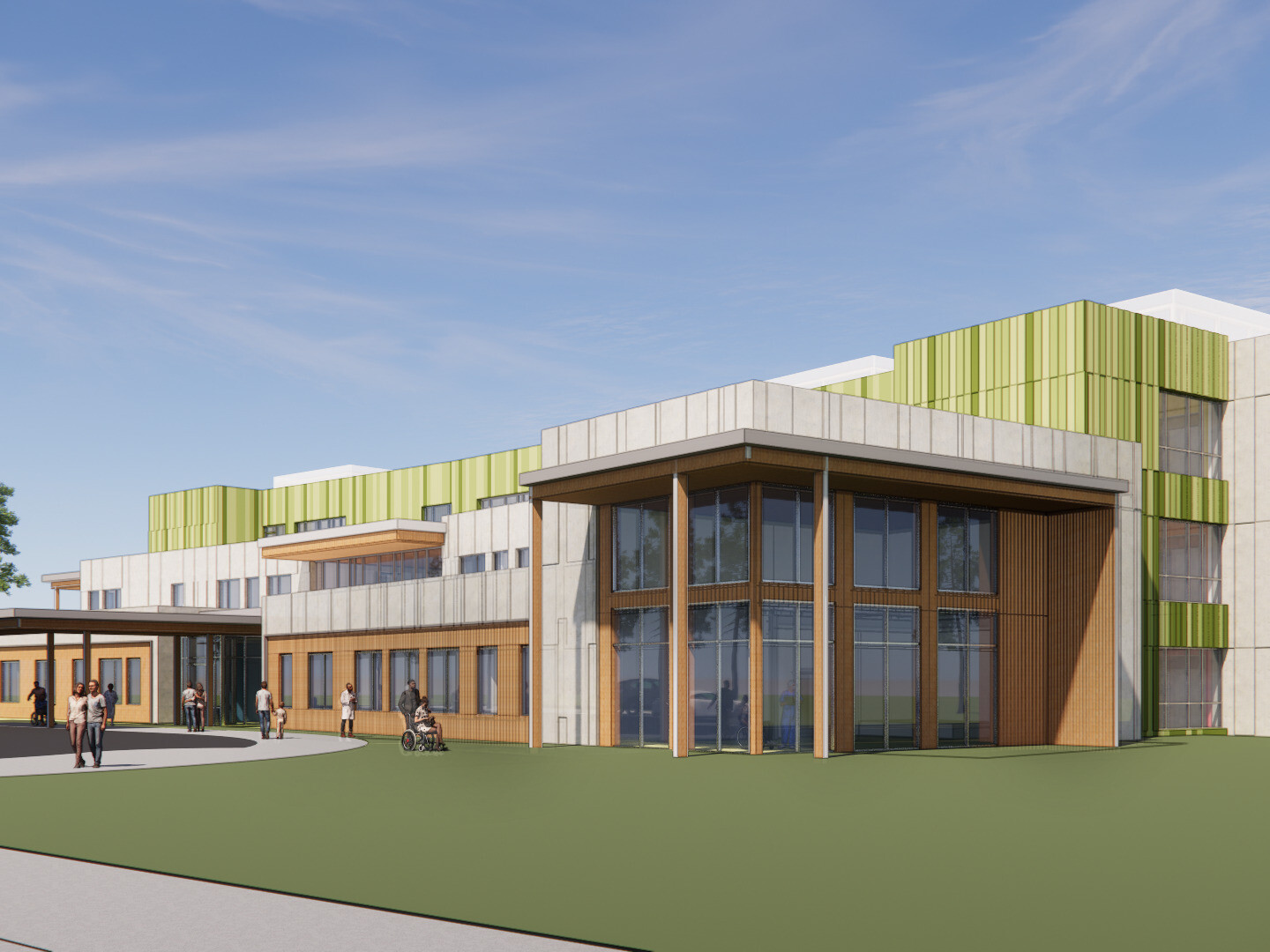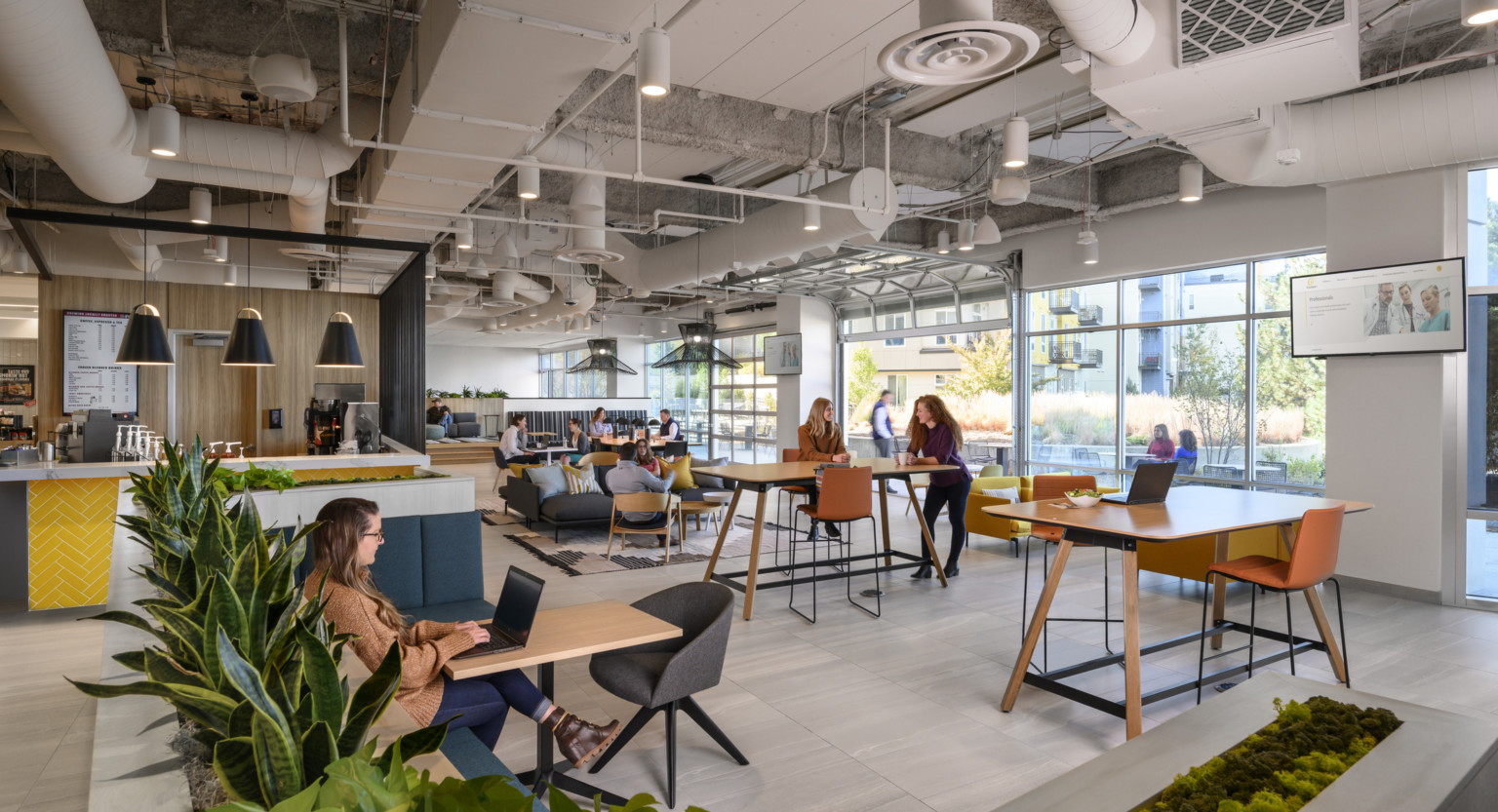
Place Matters: How Physical Spaces Shape Human Experience
The Power of Place
We don’t just move through space; we internalize it. As our senses absorb what’s around us, the environments we inhabit shape our mood, attention, and social interactions in subtle but powerful ways. Ecological Systems Theory wasn’t developed by me, but by developmental psychologist Urie Bronfenbrenner to explain how individuals move through different nested environments, and why what happens to us in one place influences how we show up in another. In collaboration with Dr. Eunhwa Yang, we explored how this framework can be applied to the built environment in our chapter, “Ecological Systems Theory,” included in A Handbook of Theories on Designing Alignment Between People and the Office Environment.
In our work, we interpret Bronfenbrenner’s model through a workplace lens, considering how human experience unfolds across layered spaces: from the personal micro-space to the physical environment of the office, then outward to the neighborhood and broader community. For instance, a stressful commute doesn’t just end at the office door; it colors how someone experiences the workspace they enter. When environments are purposefully designed, such as, the space where someone arrives and “touches down” before starting work can restore focus, calm the nervous system, or reorient them emotionally from a tough train ride.
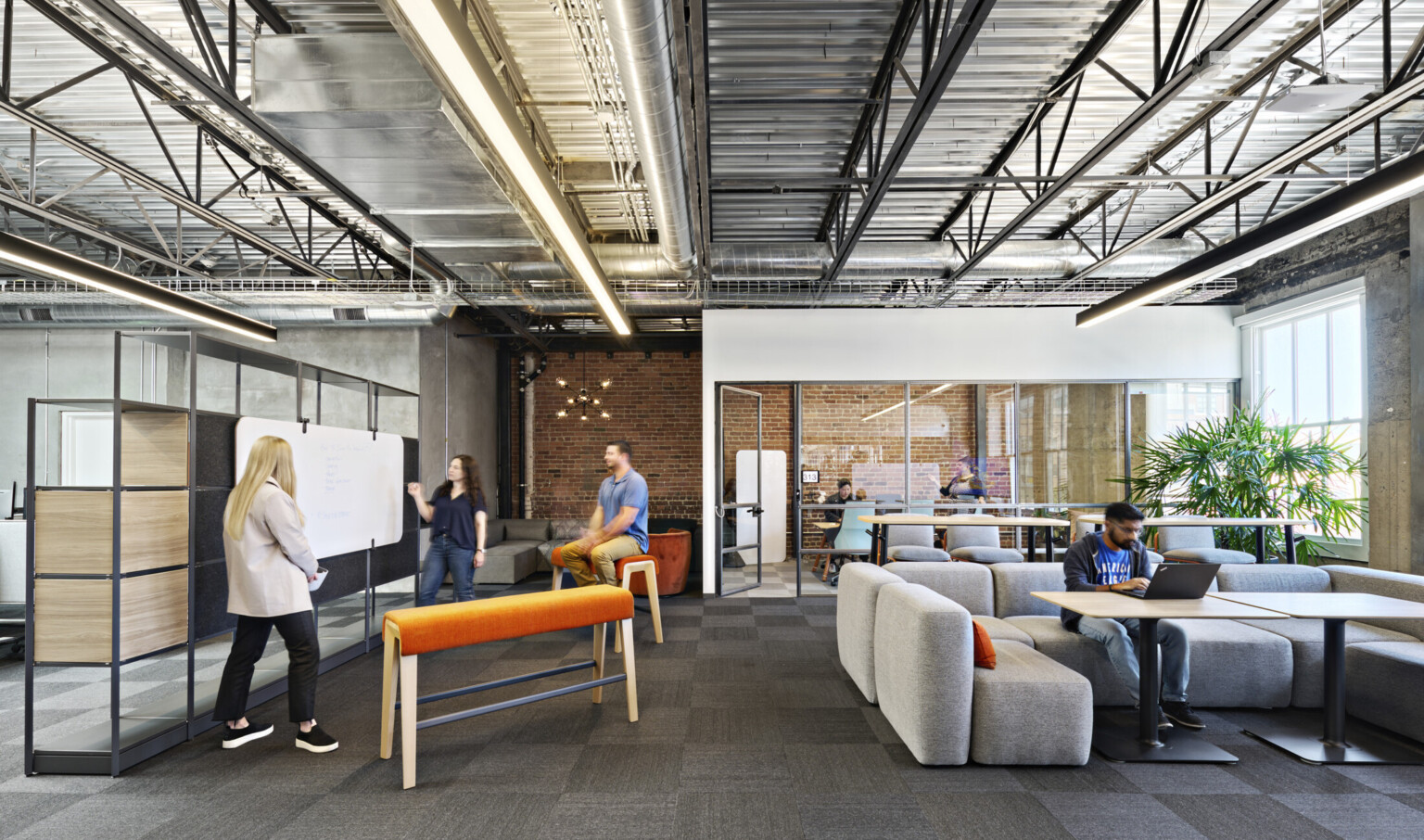
Work as a Shared, Spatial Experience
The idea that work is inherently social isn’t new, but it’s becoming harder to ignore in an age of technology-mediated interactions. Even in a tech-rich environment, very little work happens in isolation. Most tasks, even individual contributions, are part of a larger system of collaboration, support, and shared goals.
This means the spaces where work happens need to do more than support tasks. Space should help people show up fully so they can contribute meaningfully and grow in their careers. Design needs to reflect the work being done and the people doing it to cue the behaviors, mindsets, and connections that help teams thrive.
So much collaboration happens in the cloud, but seeing what other teams are working on through digital or visual representations keeps everyone connected cross-functionally. Finding ways to make work product or work wins more visible in space creates further opportunities for collaboration and even innovation. Using landmarks or artifacts of work routines in space helps enhance these opportunities by creating reliable touchpoints when someone is in the office.
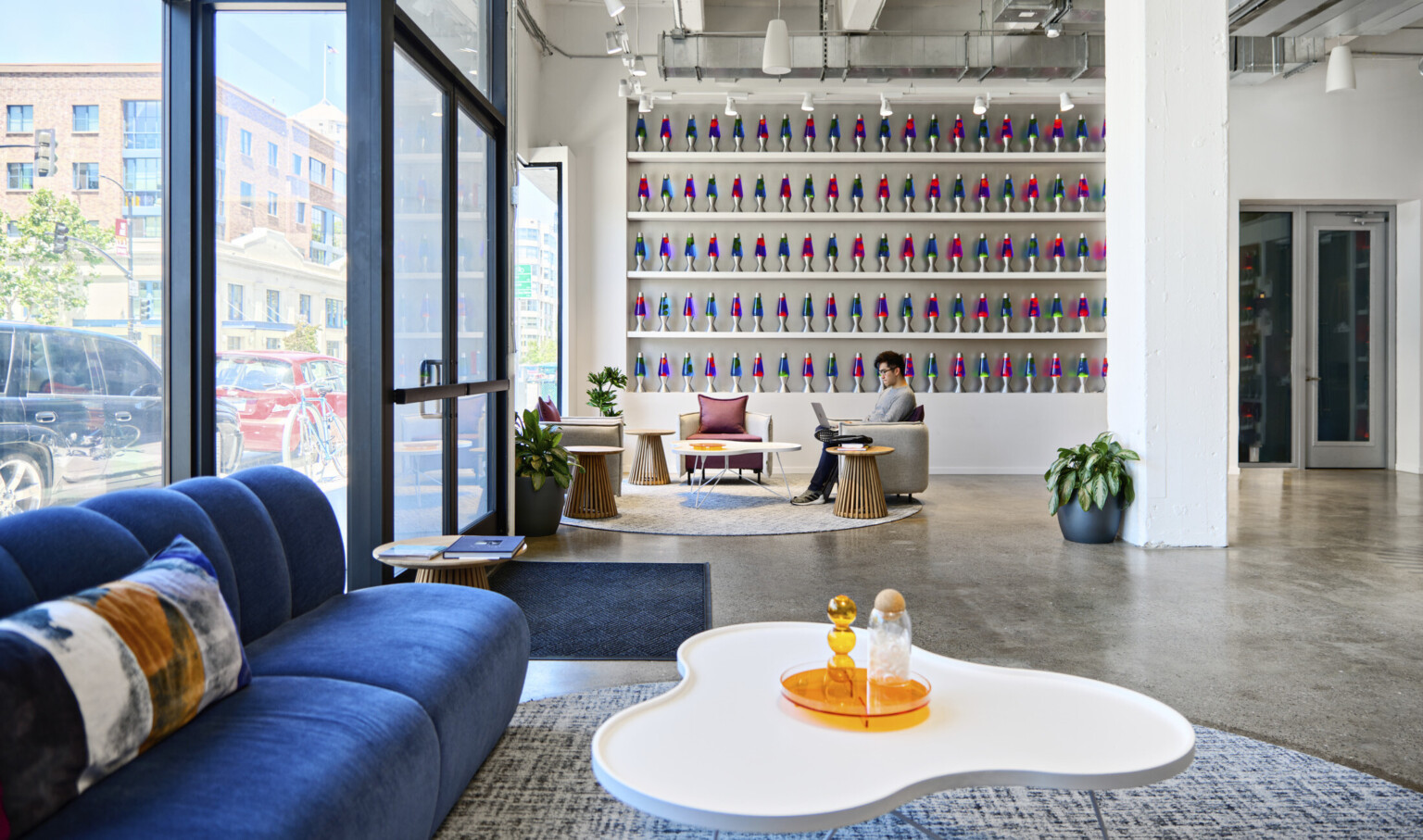
Rethinking the Desk
Few objects are as emblematic of modern work as the desk, but what if it’s time to reconsider its role? Desks serve a dual purpose: they are both an ergonomic tool and a cultural symbol. They’ve become shorthand for how we organize people, structure teams, and even for power dynamics or security in the workplace. The idea “desk” has evolved for over 100 years to become a cornerstone to management practices.
As workflows change, we have changed our ideas about what desks do. Hybrid workplace culture, however, challenges us to question some of the longest-standing assumptions we’ve tied to desks. By disrupting both the physical and symbolic function of a desk, we have the opportunity to imagine alternatives that still support interaction, trust, and teamwork.
With social neighborhoods, quiet library zones, and spaces with specialized task lighting, Cloudflare’s “desking” strategy replace the rigidity of desking norms with systems based in work type and style. As an added benefit, exploring this type of workplace strategy helps an organization dig deeply into the way they really want to, and need to, get work done.
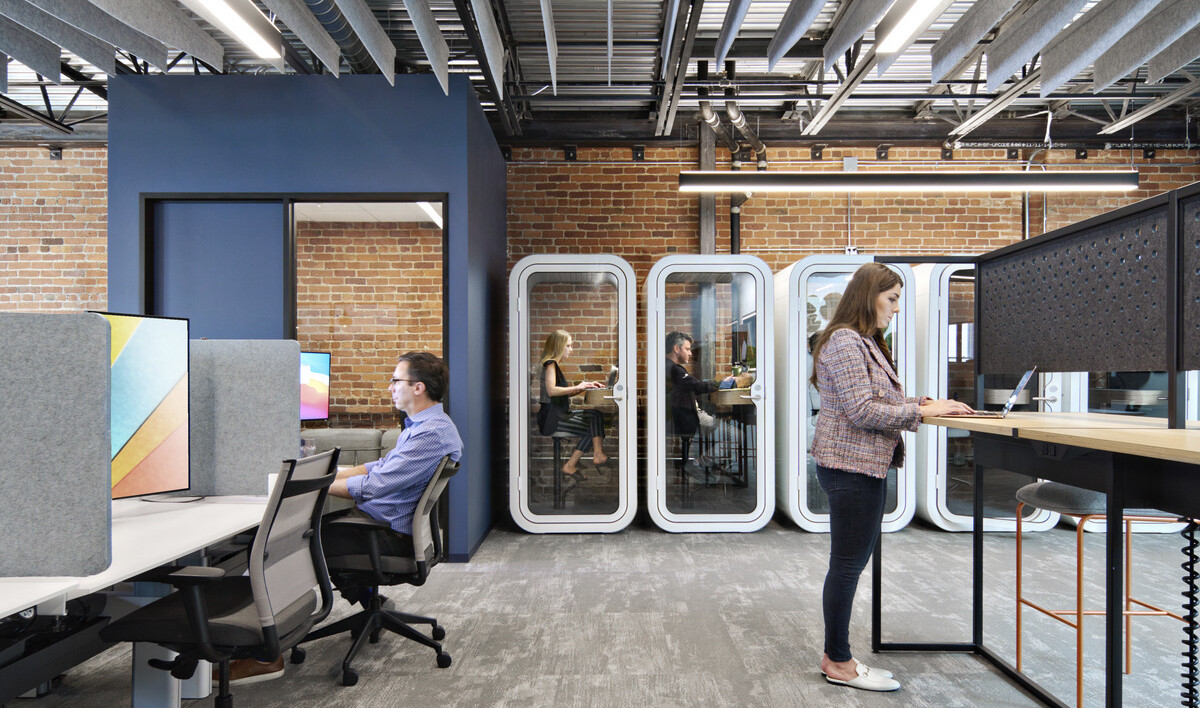
Function-Driven Design
A growing design philosophy in workplace environments emphasizes that form follows function. Instead of asking people to fit their activities into static layouts, we create spaces that flex around their needs. For this approach to work, however, design has to start from evidence, by breaking work down into cognitive and behavioral components.
For example, trying to do focused individual work in an open plan office demands extra mental effort to tune out distractions; it also raises anxiety for those nearby that they may be disrupting someone’s concentration. That energy drain and social friction can be reduced, or even avoided, through intentional zoning, lighting, and acoustic strategies.
Simple interventions like task lighting, acoustics, and movement-friendly layouts can dramatically improve effectiveness and comfort, allowing teams to map out a journey through environments to serve their needs, then build a habit around that pattern. Google Kirkland Urban, for example, features a custom, movable wall system to introduce hyper-flexibility and autonomy within the workspace. The dynamic wall becomes a functional work surface, providing additional space to expand the flow.
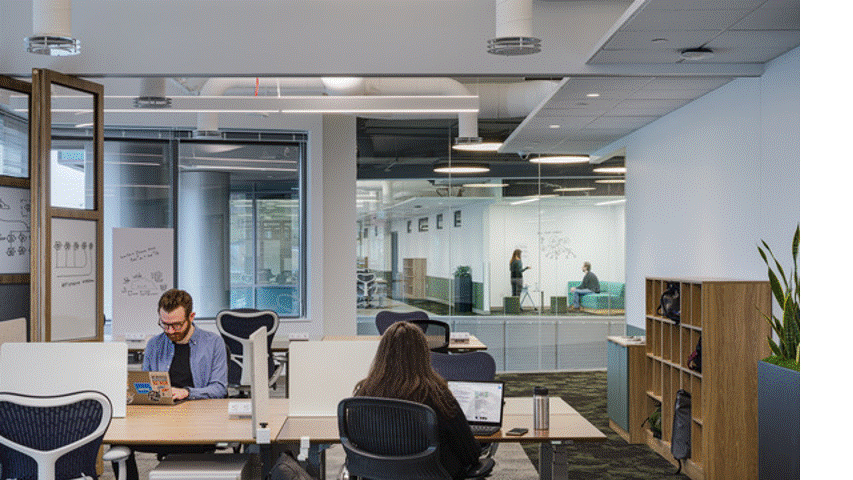
When workplace adjustments are made with intention, teams can establish clear norms and moments of shared presence to build trust. The real benefit of our workplace evolution and the design thinking supporting it is the opportunity to be curious, to open new pathways for innovation. Designing the future of work includes revisiting places we’ve built and applying what we’ve learned with intention to ones to come. It’s a powerful opportunity to create environments that don’t just house work, but elevate it.

